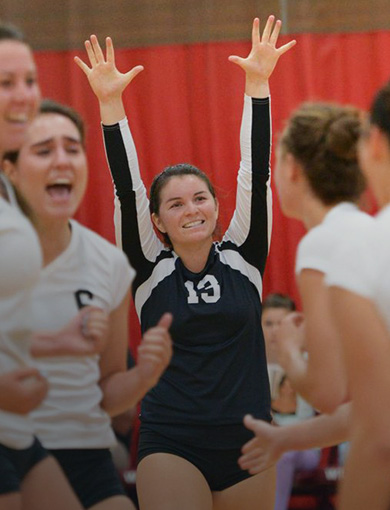Clubfoot
Clubfoot, also known as congenital talipes equinovarus, is a condition where a baby is born with one or both feet turned inward and downward. Instead of pointing straight ahead, the foot points inward toward the other foot, and the arch may appear higher than normal. The heel may also tilt inward. This condition can range from mild to severe and can affect how the child learns to walk if not treated early. Clubfoot is relatively common and can happen in about one out of every 1,000 births. It is important to note that clubfoot is not painful in babies, but it can cause problems with walking, balance, and shoe fitting as the child grows if left untreated.
The exact cause of clubfoot is not fully understood, but research has identified several contributing factors.
- Genetics: A family history of clubfoot increases the chances of a baby being born with it.
- Development in the womb: Sometimes the way the baby’s muscles, bones, or tendons form before birth leads to the foot being positioned incorrectly.
- Environmental factors: Smoking during pregnancy, certain infections, or limited space in the womb may raise the risk.
- Associated conditions: Clubfoot can sometimes occur along with other conditions such as spina bifida, though many children with clubfoot are otherwise healthy.
Most cases are considered idiopathic, meaning they happen on their own without a clear underlying medical cause.
The signs of clubfoot are usually easy to see right after birth.
- The affected foot or feet turn inward and downward.
- The toes may point toward the opposite leg.
- The affected foot may look smaller than the other, especially the heel area.
- The calf muscle on the affected leg may look thinner because it has not developed as much.
- The ankle may have limited range of motion, making it difficult to move the foot up and down.
In most cases, both feet are affected, though sometimes only one is involved. Parents may notice that the baby’s feet cannot be positioned normally by gentle stretching, which helps doctors distinguish clubfoot from temporary positioning issues that occur during pregnancy.
Diagnosis of clubfoot usually happens right after birth during the baby’s first physical examination. Doctors can often tell immediately just by looking at the foot. In some cases, clubfoot is noticed before birth during a routine ultrasound, usually around the 20-week scan. Prenatal detection gives families time to learn about the condition and prepare for treatment after delivery.
After birth, the doctor will carefully examine the baby’s foot and leg. They will check how flexible the foot is and whether it can be moved into a normal position. X-rays may be taken to look more closely at the bones and joints, especially in more severe cases. The doctor will also check whether the clubfoot is isolated or part of another condition.
If there are additional findings, further tests such as genetic studies or spinal exams may be recommended. Early diagnosis is important because treatment works best when started soon after birth, ideally within the first weeks of life. With prompt treatment, most children with clubfoot can develop normal-looking feet and walk, run, and play without major limitations.
Living with clubffoot can be challenging without treatment, as the abnormal position of the foot can make it hard to walk normally. Children may walk on the sides or tops of their feet, which can lead to pain, calluses, and difficulty finding properly fitting shoes.
Over time, untreated clubfoot can cause problems with posture, balance, and overall mobility. Thankfully, modern medical approaches such as gentle stretching, casting, and bracing can correct the position of the foot in most cases. Surgery may be needed for more severe cases, but with early and consistent care, the long-term outlook is excellent.
Families often feel anxious when their baby is born with clubfoot, but it is important to know that the condition is treatable and outcomes are very positive. With the right care, children born with clubfoot can grow up to lead active lives. They can run, jump, and participate in sports without major limitations. Early involvement with an orthopedic specialist helps ensure the best results and gives parents guidance and reassurance through the process.
With today’s medical techniques, the vast majority of children with clubfoot go on to live healthy, active, and independent lives. If your child has been diagnosed with clubfoot or you have concerns about their foot development, the team at Orthopedic Associates of Northern California is here to help. Our board-certified specialists provide expert diagnosis, compassionate care, and advanced treatment options to ensure the best outcomes for your child. Early evaluation is the key to successful treatment. We are dedicated to guiding families through every step of the process. Contact us today to schedule an appointment and give your child the best start toward healthy mobility and an active future.





